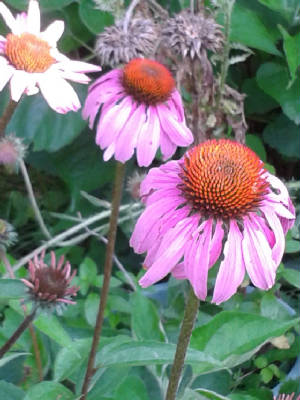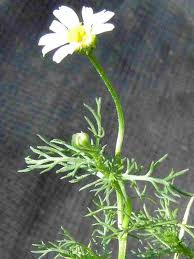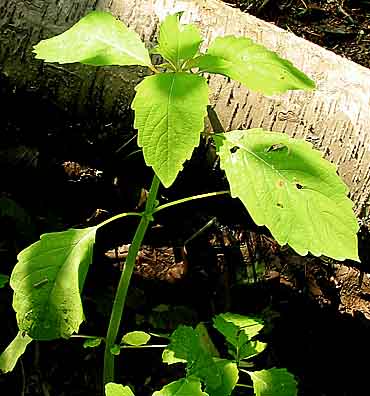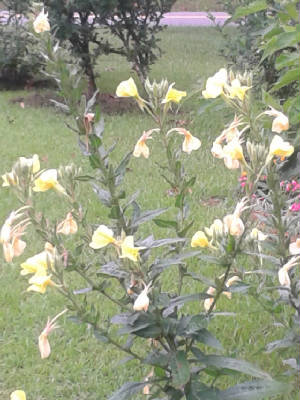|
|
 |
|
Welcome to my garden! I hope you will enjoy your visit! To
be added to debbie's garden email list for sales and events, please email me and include the email address where
you wish to receive updates. I currently enjoy vending at the Cave Spring Farmers Market in downtown Cave Spring, GA. Follow
me on Facebook or the localharvest.org page to find out which Saturdays I will be there! (June through October)
You can also buy plants, teas, tinctures, etc. directly from me, just call or email me for appointment. I want to thank
all of my loyal customers from the Marietta Square Farmers Market, Dallas Farmers Market, Cave Spring market, and other venues!
Without you there would be no farmers markets!
| Snapped at the Dallas Farmer's Market May 2018 |
|
|
| It's me! Hat courtesy of my daughter, Geo, for mother's day! |
|
 |
|
| Echinacea - aka Purple Cone Flower |

|
Some Herb facts....did
you know??
Echinacea is renowned
for its ability to boost immunity and fight colds. It is also a beautiful flowering plant, even if you have it for any reason
other than that! A great perennial that reproduces easily by scattering seed.
Fennel
has been used in connection with Colic, Indigestion, heartburn and Irritable
bowel syndrome.
|
 |
|
Aloe Vera is
an effective laxative that can aid digestion and ease stomach complaints. Not only that, it's a must to put on burns.... I
use it immediately if I burn myself in the kitchen. Most of the time I can't even tell in an hour or two that I even burned
myself! It truly is a miracle herb, and great for the skin!
Burdock has
been used in connection with acne rosacea, acne vulgaris, menopause, psoriasis, rheumatoid arthritis.
Chamomile
has been used in connection with Colic, Eczema,
Gingivitis, Wound healing, Anxiety, Canker sores, Crohn’s disease, Diarrhea, Gastritis, Irritable bowel syndrome and
Peptic ulcer.
| Chamomile |

|
Dandelion has
been used in connection with constipation, Edema, Indigestion and heartburn, Liver support, pregnancy and postpartum support.
| Dandelion |

|
Oregano. The name Oreganum
is the contraction of two Greek words, oros meaning mountain and ganos meaning joy. Together the words suggest
the beauty that oregano lends to the fields and hilltops on which it grows.2 Oregano was used extensively by the
Greeks for conditions ranging from convulsions to heart failure. Nineteenth-century American Eclectic physicians (doctors
who recommended herbal medicines) employed oregano as both a general tonic and to promote menstruation.
Horsetail
has been used in connection with Brittle nails, Edema (water retention), Osteoarthritis, Osteoporosis, Urinary tract
infection and Wound healing.
St. Johns Wort In
ancient Greece, St. John’s wort was used to treat many ailments, including sciatica and poisonous reptile bites. In
Europe, St. John’s wort was used by herbalists for the topical treatment of wounds and burns. It is also a folk remedy for kidney and lung ailments as well as for depression.
Nettle has a long history of
use. The tough fibers from the stem have been used to make cloth and cooked nettle leaves were eaten as vegetables. From ancient
Greece to the present, nettle has been documented for its traditional use in treating coughs, tuberculosis, and arthritis and in stimulating
hair growth.
CILANTRO
Another one I keep handy is CILANTRO! Cilantro is
loaded with antioxidants and is very good for you. I put it on wraps, cook with it when I make charro beans and chicken fajitas
- yum!
There are many, many more herbs - no
way I could list them all! I just hit a few of the common and/or interesting ones. If you have questions about herbs,
please drop me a line via email, or visit my Facebook page!
debbie's garden on FB
|
|
 |
|
BASIL: One of the easiest herbs to grow
is BASIL! I try to always have some on hand!
| GENOVESE BASIL |

|
There are many, many different varieties of basil. I grow
several types: Genovese, Napoletano, Lettuce Leaf or Large Leaf, Lime, Lemon, Cinnamon, thai, purple, boxwood, oriental
breeze, magical michael...there are so many! I use basil in a lot of dishes, and it is wonderful to be able to go right outside
my door and pick my herb of choice each day!
Garlic is Known to lower
cholesterol and triglycerides, Garlic is also taken as a cancer preventative and aid to general well being.
Kava Kava
has been used in connection with Anxiety, Menopause and Stress.
Lavender has been used in connection with
Pregnancy, Indigestion, heartburn and Insomnia.
Milk Thistle This
wild herb acts to support normal liver function and prevent disease.
Peppermint was recognized in the early
18th century. The historical use of peppermint is not dramatically different than its use in modern herbal medicine.
Classified as a carminative herb, peppermint has been used as a general digestive aid and employed in the treatment of indigestion
and intestinal colic by herbalists.
Red Clover Traditional Chinese Medicine and
Western folk medicine used this plant as a diuretic, a cough
expectorant (an agent that promotes discharge of mucus from the respiratory passages), and an alterative. Alterative
plants were considered beneficial for chronic conditions, particularly those afflicting the skin.
Jewelweed (Impatiens capensis), when used right
after getting into poison ivy, can prevent the rash and resulting itching. Amazing stuff! (I sell jewelweed soap for this
purpose)
| Jewelweed |

|
| Evening Primrose |

|
Evening Primrose - frequently grows wild by the side of
the road! Evening Primrose is edible and medicinal and has a long history of use as an alternative medicine
. The leaves are cooked and eaten as greens and the roots are said to be sweet succulent and delicious when boiled like potatoes.
Flowers are a sweet addition to salads or as a garnish and young seedpods are Steamed. This plant was a staple food for many
Native American tribes. Formerly cultivated for its nutritious edible roots, it is being increasingly cultivated for the oil
contained in its seeds which contains certain the essential gamma-linoleinc acid (GLA), a very valuable fatty acid that is
not found in many plants and has numerous vital functions in the body. GLA is an essential fatty acid that the body does not
manufacture. This fatty acid is known to help prevent hardening of the arteries, heart disease, eczema, cirrhosis, rheumatoid
arthritis, menopause, PMS, multiple sclerosis, and high blood pressure!!
|
 |
|
|
|
|
Did you know? If you don't own a dehydrator, fresh herbs can be dried
quickly in the oven on 150 to 200 degrees......voila! In about 45 minutes to an hour, depending on the herb, you have "instant"
dried herbs for your favorite recipes! Just don't forget them - doubt you would though, as it makes your house
smell yummy, too! Another way to dry them is in the microwave, 30 to 45 seconds, but be careful...some of the woodier
ones (such as Rosemary) will ignite...best to do your drying in the oven or a dehydrator! Or the old fashioned
way, tie a string around your herbs and hang from above... somewhere they won't get "dusty" or dirty.... keep a fan going
on low near them to keep the air moving....takes about two-three weeks that way! :)
e-mail me at:
 
All For the Glory of God
|
|
|
 |

